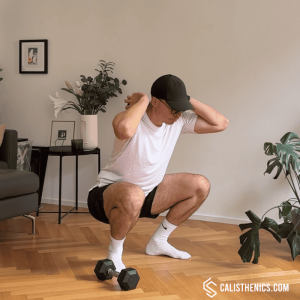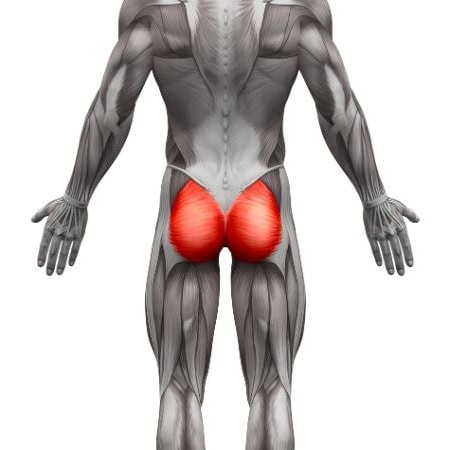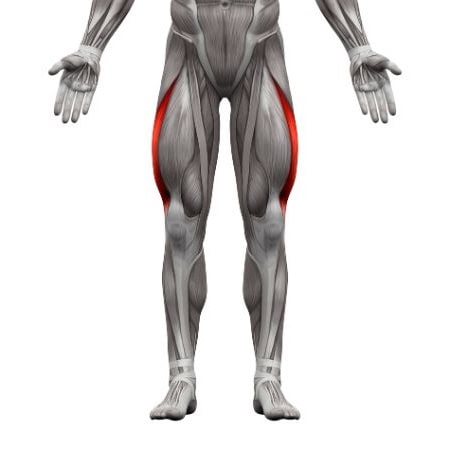Single Dumbbell Back Squat
How to do Single Dumbbell Back Squat?
The dumbbell back squat involves holding a single dumbbell behind your neck, resting it across the upper traps, while performing the squat movement. This exercise targets the lower body, especially the quadriceps, glutes, and hamstrings, while also engaging the core and upper back for stabilization. It’s a variation of the traditional back squat that allows the athlete to use a dumbbell instead of a barbell for added versatility.
Choose Your Dumbbell: Select a dumbbell that you can safely manage. You should be able to hold it in place behind your neck without straining your shoulders or neck.
Position the Dumbbell: Lift the dumbbell up and position it behind your neck, resting across your upper traps. Hold the dumbbell securely with both hands, ensuring it is evenly balanced on your traps (not directly on the neck or spine).
Set Your Feet: Stand with your feet slightly wider than hip-width apart, with toes pointing slightly outward.
Engage Your Core and Brace: Tighten your core muscles and pull your shoulders back to keep your chest up and back straight.
Begin the Squat: Lower your body by bending your knees and hips as if sitting back into a chair. Keep your chest up and avoid leaning too far forward. Your weight should stay on your heels.
Lower Until Parallel: Go down until your thighs are parallel to the floor, or lower if your mobility allows, while maintaining good posture.
Drive Back Up: Push through your heels to stand back up, fully extending your knees and hips. Keep the dumbbell balanced and your core tight.
Tips for the proper execution of Single Dumbbell Back Squat
Dumbbell Placement: Ensure the dumbbell rests on the soft part of your upper traps. Avoid letting it press against your neck or directly on your spine.
Keep Your Chest Lifted: Focus on maintaining an upright torso throughout the movement. Letting your chest drop forward can lead to poor form and potential injury.
Core Engagement: Brace your core throughout the squat to stabilize your spine and support the weight on your upper body.
Knee Alignment: Keep your knees tracking over your toes during the squat. Avoid letting them collapse inward.
Weight Distribution: Keep your weight distributed on your midfoot and heels. This ensures better balance and reduces strain on the knees.
Muscles worked when doing Single Dumbbell Back Squat
- Primary Muscles: Quadriceps, hamstrings, glutes.
- Secondary Muscles: Core (rectus abdominis, obliques, transverse abdominis), lower back (erector spinae), upper back (trapezius, rhomboids), shoulders.
Primary Muscle(s):
Secondary Muscle(s):
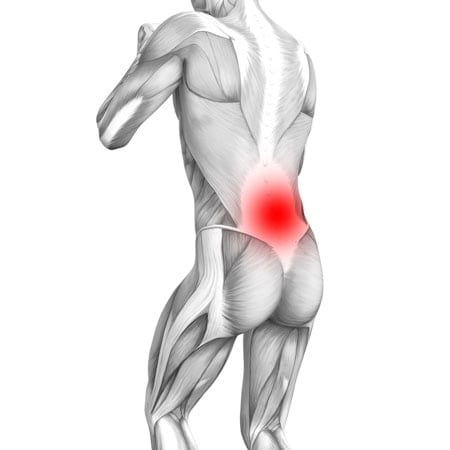
Lower back
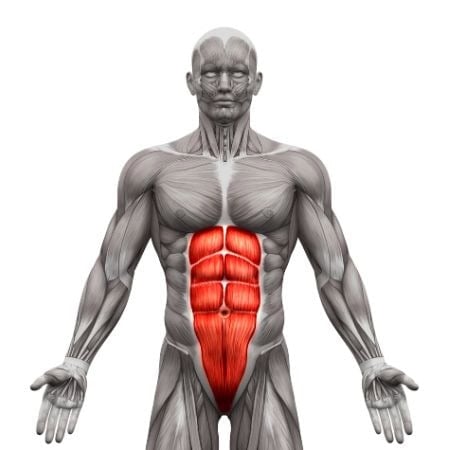
Abdominal
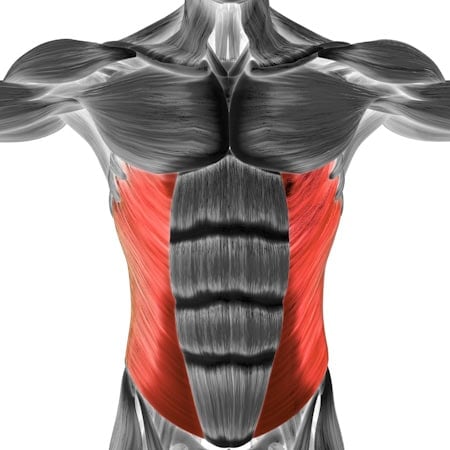
Oblique
Equipment needed for Single Dumbbell Back Squat
No equipment found.
Adjust the difficulty of Single Dumbbell Back Squat
How to make Single Dumbbell Back Squat harder?
How to make Single Dumbbell Back Squat easier?
How to make Single Dumbbell Back Squat harder?
To make Single Dumbbell Back Squat harder:
-
Increase the Weight: Gradually use a heavier dumbbell to increase the intensity and challenge your muscles more.
-
Add Tempo: Slow down the lowering phase (eccentric) of the squat to 3-5 seconds. This increases time under tension and makes the exercise more difficult.
-
Add a Pause: Pause at the bottom of the squat for 2-3 seconds before pushing back up. This eliminates momentum and forces your muscles to work harder.
-
Increase Volume: Add more repetitions or sets to increase the overall workload, enhancing muscle endurance and strength.
How to make Single Dumbbell Back Squat easier?
To make Single Dumbbell Back Squat easier:
-
Use a Lighter Dumbbell: Start with a lighter weight to focus on form and technique. This allows you to build confidence and strength without straining your muscles or joints.
-
Shallow Squats: If you have limited mobility, start by squatting halfway down and progressively increase the depth as you gain strength and flexibility.
-
Use a Box or Bench: Perform box squats by sitting down onto a box or bench and then standing back up. This helps beginners maintain balance and learn proper form.

